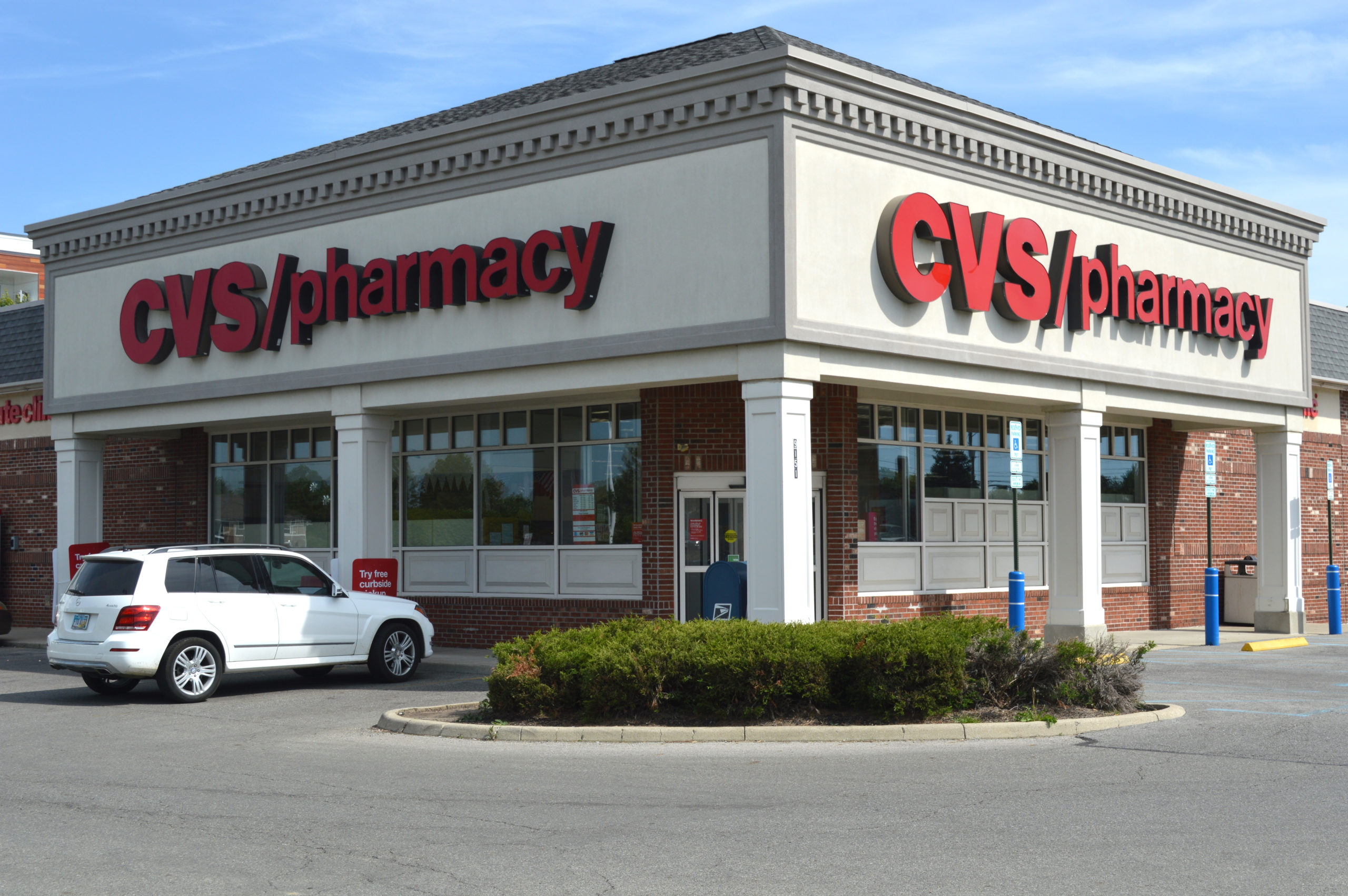How consumer-facing brands like Ulta, Nike, CVS and Ikea are revamping their retail strategies and leveraging location to meet demand for in-store shopping experiences
CVS recently announced it would be shuttering 900 stores – or 10% of its retail network – due to shifting “consumer buying patterns.” On its face, it may seem like closures signal business contraction for the drugstore giant, but digging deeper, a different pattern emerges. Along with rightsizing its network to address overlapping footprints, “CVS also has been revamping its retail strategy” with “three distinct models: locations that offer primary care services; ‘HealthHub’ stores” with onsite healthcare and “traditional stores,” according to reporting on CVS corporate moves. At the same time, the company is investing in the human side of its business – transferring rather than downsizing staff and raising minimum pay.
Addressing these recent changes, WSJ reports CVS has been “evaluating changes in population, consumer buying patterns and future health needs to ensure it has the right kinds of stores in the right locations for consumers and for the business.” As CVS retools retail, consumers have made it clear they want new in-store experiences and expanded omnichannel options for shoppers, according to reporting on retail brand CX. Forbes describes current trends as a “reversal of fortune” for brick and mortar with Amazon, Kohls and others opening additional storefront retail. “Both online and physical retailers have been embarking on hybrid ventures to attract cross-sections of the consumer population.”
But what does data say about what consumers want? New research from Kearney Consumer Institute finds that four generations of U.S. and Canadian consumers actively seek out in-store shopping – surprisingly, most especially Gen Z. The survey found 81% of Zoomers like to “purchase products in-store” with 74% of this young generation’s shoppers saying a “well-curated store experience” help create the appeal. Seen as a way for them to disconnect from digital, brick and mortar stores offer a respite from the always-on world of these digital natives and an opportunity for retail brands to deepen their relationships with them.

Other retail brands are responding with their own unique approaches. Ulta Beauty is using brick and mortar for growth, planning 50 new store openings per year of its curated beauty bar experience. At the same time, Nike is piloting small store formats focused on personalization while it deepens its relationship with Dicks Sporting Goods for a more connected shopping experience fusing the best of digital and in-store. Finally, Ikea begins rolling out its smaller planning studio store concepts after creating big buzz in the home goods sector. These new retail strategies positively position brands in the minds of consumers, crafting meaningful experiences that meet consumers where they are.
For more information on ways for banks and credit unions to the most of retail banking formats and leverage location for more connection and growth, stay tuned to Believe in Banking as it looks at influencers in related industries and tracks the big trends in financial services. You can also contact us at info@adrenalinex.com.
